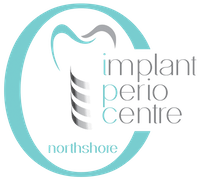Sedation Dentistry in North Vancouver
North Vancouver Surgical Centre For Implant & Periodontal Treatment
Oral Conscious Sedation
We also provide oral conscious sedation, also referred to as sedation dentistry. Patients who suffer from anxiety in the face of dental work, as well as patients who require multiple procedures within a single visit, can benefit from conscious sedation.
Oral conscious sedation involves having an oral sedative before your visit, then administering nitrous oxide (laughing gas) to add to the sedative's effects. Your vital signs and comfort level are closely monitored during the operation.
IV Conscious Sedation
IV sedation can be used for general anesthesia as well as for conscious sedation. This type of sedation brings about an altered state of consciousness, known as a “twilight” state, which is a unsteady state of mind and a relaxed body. This mode of sedation reduces pain and discomfort with the use of pain relievers and sedatives. Patients who undergo treatments using conscious sedation generally are able to speak to verbal cues while the procedure is underway, conveying any discomfort being felt to the dentist. Once the procedure ends, a small period of amnesia could negate any recollection of the treatment. Following your treatment(s), you will require a drive back to your home from the dental office. The sedative will wear off completely within 24 hours, so that you can resume day-to-day activities.


